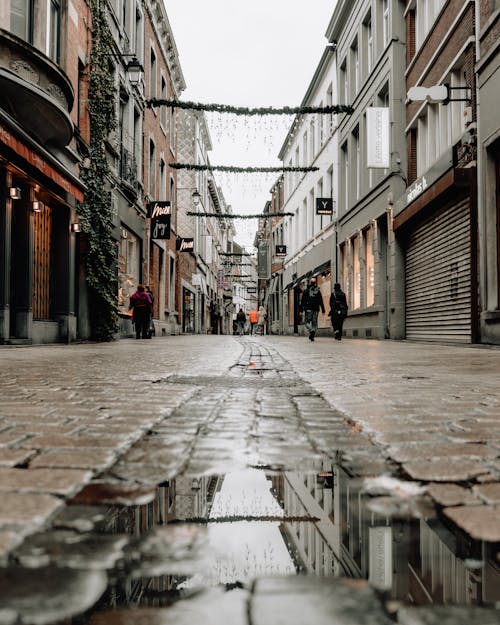All about Framing Streets
All about Framing Streets
Blog Article
Some Ideas on Framing Streets You Should Know
Table of ContentsMore About Framing StreetsNot known Details About Framing Streets Indicators on Framing Streets You Need To KnowThe Main Principles Of Framing Streets 4 Simple Techniques For Framing StreetsThe 30-Second Trick For Framing Streets
Photography genre "Crufts Pet Program 1968" by Tony Ray-Jones Road digital photography (likewise often called candid digital photography) is photography conducted for art or questions that features unmediated chance experiences and random incidents within public areas, normally with the objective of recording photos at a decisive or poignant moment by careful framing and timing. 
More About Framing Streets
Susan Sontag, 1977 Road digital photography can concentrate on individuals and their actions in public. In this respect, the street digital photographer resembles social docudrama photographers or photographers that also function in public areas, but with the objective of catching relevant occasions. Any of these photographers' pictures may record individuals and residential property noticeable within or from public places, which frequently requires browsing moral issues and legislations of personal privacy, protection, and property.
Representations of daily public life form a genre in virtually every duration of globe art, beginning in the pre-historic, Sumerian, Egyptian and very early Buddhist art durations. Art managing the life of the road, whether within views of cityscapes, or as the leading theme, appears in the West in the canon of the Northern Renaissance, Baroque, Rococo, of Romanticism, Realistic look, Impressionism and Post-Impressionism.
The Definitive Guide for Framing Streets
Louis Daguerre: "Blvd du Temple" (1838 or 1839) In 1838 or 1839 the initial photo of numbers in the street was videotaped by Louis-Jacques-Mand Daguerre in one of a set of daguerreotype views drawn from his studio home window of the Boulevard du Holy place in Paris. The second, made at the elevation of the day, reveals an unpopulated stretch of road, while the other was taken at concerning 8:00 am, and as Beaumont Newhall reports, "The Blvd, so continuously full of a moving crowd of pedestrians and carriages was perfectly solitary, except an individual that was having his boots brushed.
His boots and legs were well specified, yet he is without body or head, because these were in motion." Charles Ngre, waterseller Charles Ngre. https://codepen.io/framingstreets1/pen/NWJrZWo was the very first professional photographer to obtain the technical sophistication called for to register people in motion on the more information road in Paris in 1851. Professional Photographer John Thomson, a Scotsman collaborating with journalist and social lobbyist Adolphe Smith, released Road Life in London in twelve monthly installments starting in February 1877
Framing Streets - The Facts
Eugene Atget is considered a progenitor, not because he was the very first of his kind, but as a result of the popularisation in the late 1920s of his record of Parisian streets by Berenice Abbott, that was inspired to undertake a similar documentation of New York City. [] As the city created, Atget aided to advertise Parisian roads as a deserving subject for photography.

The 6-Minute Rule for Framing Streets
Martin is the very first videotaped digital photographer to do so in London with a disguised camera. Mass-Observation was a social research study organisation founded in 1937 which intended to tape-record daily life in Britain and to record the reactions of the 'man-in-the-street' to King Edward VIII's abdication in 1936 to wed divorce Wallis Simpson, and the succession of George VI. Andre Kertesz.'s extensively appreciated Images la Sauvette (1952) (the English-language version was entitled The Definitive Moment) promoted the idea of taking a picture at what he termed the "decisive moment"; "when form and web content, vision and make-up combined right into a transcendent whole" - Sony Camera.
10 Easy Facts About Framing Streets Explained
, then a teacher of young kids, linked with Evans in 193839.'s 1958 publication,, was substantial; raw and frequently out of focus, Frank's images questioned mainstream photography of the time, "challenged all the formal rules laid down by Henri Cartier-Bresson and Pedestrian Evans" and "flew in the face of the wholesome pictorialism and genuine photojournalism of American magazines like LIFE and Time".
Report this page